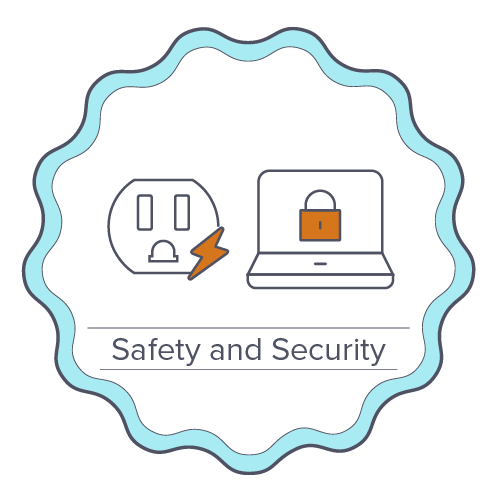“This is a test of the Emergency Broadcast System.”
It’s a phrase we’ve all heard countless times from our radios or TVs. We’ve heard it so many times that it’s easy to stop paying attention.
The fact is that the Emergency Broadcast System — and other warnings like it — can provide life-saving information when disaster strikes.
September is National Preparedness Month. It’s the perfect time to learn about the various warning systems that will alert your family in the event of a natural or man-made crisis.
Wireless Emergency Alerts (WEAs)
WEAs are sent directly to your cell phone by state or local public safety officials, the National Weather Service, the National Center for Missing and Exploited Children, and the president of the United States.
Emergency Alert System (EAS)
The EAS is a national public warning system that requires all satellite, cable and radio broadcasters to provide the president with a capability to address the American people within 10 minutes during a national emergency. EAS also may be used by state and local authorities.
NOAA Weather Radio (NWR)
NWR is a nationwide network of radio stations that broadcast continuous weather information from the nearest National Weather Service office.
For more information on emergency preparedness, visit www.ready.gov. If you experience a power outage, don’t forget to report it online, call 1-800-342-5775 (1-800-DIAL-PPL) or text “Outage” to TXTPPL (898775).



Those tests *are* easy to tune out.
But just so you know: You haven’t heard a test of the Emergency Broadcast System in more than 20 years. What you’ve heard are tests of the Emergency Alert System, which replaced EBS in 1997.
And it’s not literally true that “the Emergency Broadcast System – and other warnings like it – can provide life-saving information,” because the EBS no longer exists.